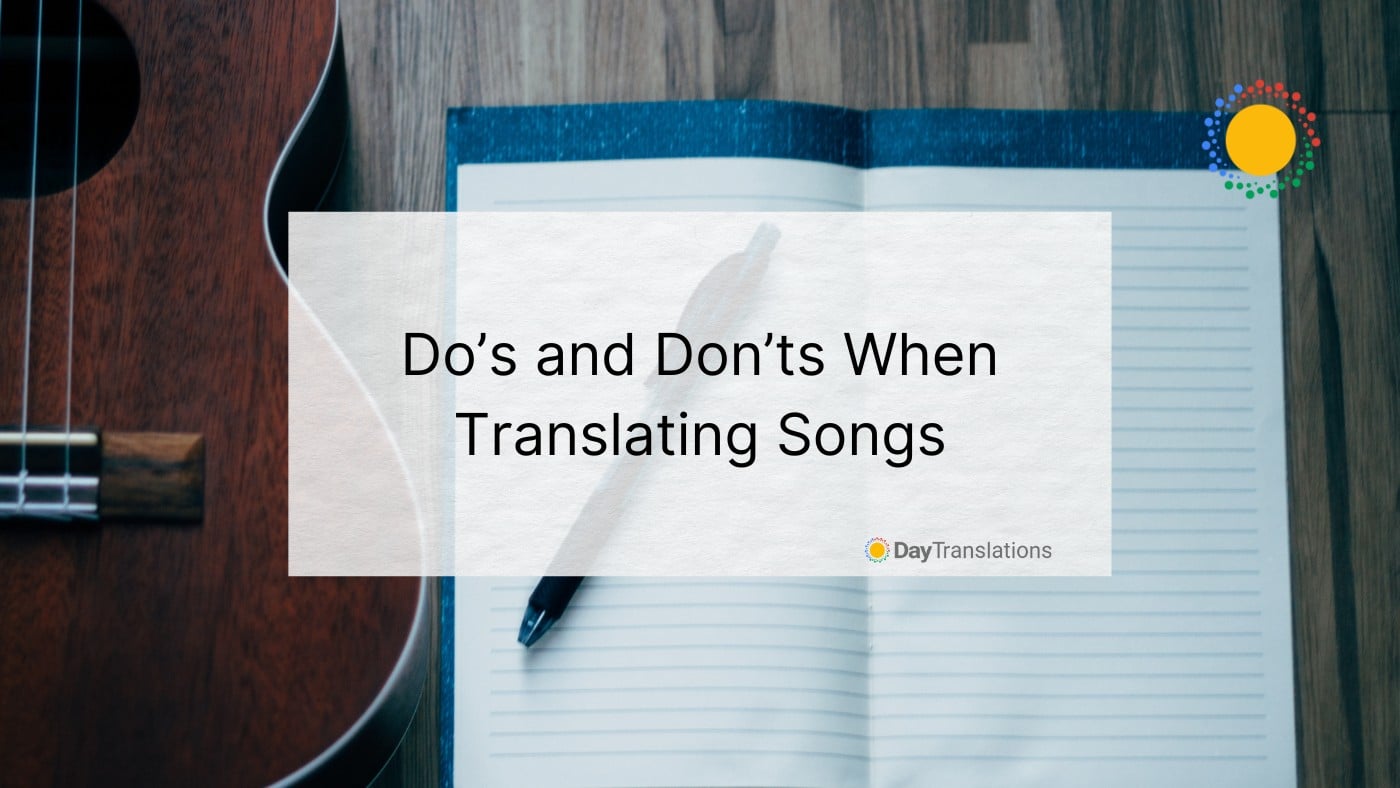Programming languages, regardless of just how different they seem to spoken languages, do share some similarities with the language humans speak. But can programming languages be translated? And can we do it in the same way we interpret or translate natural language into other languages?
To answer this question, we need to take a deeper look at different programming languages, understand what they are, and if there’s a universal coding language that programmers use to communicate with each other.
What Are Programming Languages?
Programming languages are formal languages. Their aim is to specify instructions that result in various outputs in a computer. They are vital in the development of programs or software and the implementation of specific algorithms.
There are many programming languages in use. In fact, thousands of programming languages already exist. And as you read these lines, they’re busy developing more of them. However, only a fraction of them emerge as the commonly used and studied programming languages. Many need computation to be in a sequence of operations (imperative form) while others simply specify the desired results (declarative form).
Here’s a quick look at some of the most popular programming languages:
- JavaScript is believed to be the most popular programming language, especially on the web.
- Swift is an Apple programming language utilized in macOS app development, as well as for creating native applications for iOS devices.
- HTML is not exactly a programming language (it’s a markup language), but it serves as the foundation for the structure of websites.
- CSS or Cascading Style Sheets is also used for the designing of websites as well as in the development of apps created for use on browsers.
- SQL or Structured Query Language is used for handling large amounts of data. Programmers use SQL for system creation and to access and manage databases. We generally use SQL along with other programming languages such as PHP.
- Java is one of the most popular languages used for developing applications for the Android operating system.
- Python is a programming language known for its highly readable code. Many think that Python is the most accessible programming language for programmers with little experience. Many online platforms provide in-depth learning resources, including interactive Python courses on DataCamp, which are especially useful for those looking to gain practical coding experience.
- C# is a programming language developed by Microsoft and is mainly used to build business software.
- PHP is suitable for the development of websites and applications that are data-heavy. It is the programming language used in creating platforms such as Facebook and WordPress.
These languages are similar to English, Japanese, Spanish, French, Chinese, and other major languages of the world, except that machines and not humans use them. Humans created them so devices can use them. Programming languages enable communication among computers or applications within the same computer or across a network of computers. It is also the language humans use to communicate with machines.
What Are the Differences Between Programming and Natural Languages?
It’s not wrong to say that programming languages originated from natural languages, particularly the English language. Humans are responsible for the development of programming languages, after all. But, there are notable differences between programming and natural languages.
For one, programming languages are generally as straightforward and unambiguous as possible. There are almost no nuances, unlike what we often see in natural languages. Words cannot have more than one meaning in programming. Slight differences in the way we use a programming language easily cause significant differences or errors in the developing program.
Computers, when executing programs or the output of programming languages, cannot guess what the programmer intended if there are misspellings or syntactic problems in the code of a program. Unlike in natural language, people can guess to a certain extent the intent of the sentences or words uttered or written by someone if there are spelling or grammar mistakes committed.
Keep in Mind
To be clear, you can’t use Google’s Autocomplete feature as a counterargument here. This ability to guess what a person using Google wants to search is not a manifestation of a computer’s ability to guess intent in a programming language (in case of misspellings or syntactic errors are committed) but the result of a well-coded program’s ability to analyze interaction with a human. In other words, it is the result of a fully functional software developed with a specific programming language being used by humans. There is no programming language interpretation involved.
Another notable difference is that natural language is much more accessible than a programming language. It can easily change depending on what users decide. In a programming language, it is essential to strictly follow the structure, spelling, and syntax so the language is comprehensible. Programs or software will not function as expected if programming language rules are defied even to the slightest extent.
Can Programming Languages be Translated or Interpreted?
It’s essential to point out that virtually all programming languages are based on the English language. Because of this, programmers need at least some basic English knowledge to be efficient at their job. It is not impossible to learn programming without knowing basic English, but it will be more complicated since it would entail more memorization.
Programming frameworks or libraries are virtually all in English. They consist of many objects whose function or purpose can be deduced by simply looking at their names. Without English language skills, a programmer will have to exert more effort in remembering the uses of these programming objects.
These don’t mean, however, that the interpretation or translation of programming languages entails the need for English proficiency. It’s not a matter of translating programming language to English and then to another natural language. The question on the translatability or interpretability of programming languages is about how to go about translating one programming language to another programming language. From Python to C++, for example.
Answering the Question
Yes, it is possible to translate programming languages. You can convert the source code from one language into a code in a different language. Interpreting a programming language, however, is unnecessary and not possible at present. Humans can’t interpret programming languages for machines, but they can debug, troubleshoot, or tweak codes if they have issues with them.
Porting: Translation of Programming Languages
Whenever we translate a program’s code from one programming language to another, we call it porting. It’s the process of adapting software for execution in a different computing environment. For example, you can port software or an application from Linux to make it work in Windows. You can port Android apps to iOS. One can also do it in the coding of a website or blog template. You can find WordPress blog templates ported to Blogger (Blogspot) or other platforms. The word porting also applies to the process of adapting software or an application for a different hardware or computing architecture.
Ported software, however, is different from portable software. The latter does not involve any “programming language translation.” It is a program or application that runs without installation. It exists as a standalone program file. You can copy or move the program file from one computer to another (within the same platform or OS) and instantly run it without installing it first.
Who Translates Programming Languages?
Tools that can translate or convert program codes from one language to another do exist. However, you can’t expect them to work well enough to convert an iOS app for use on Android, for example. They don’t even compare to the performance of their natural language counterparts. The program code translators we currently have at our disposal lack diversity when it comes to abilities. They’re also incapable of fully (and accurately) porting an entire software setup. In essence, they can only convert simple and basic programming.
Human programmers still have to do tweaks and tie up some loose ends for machine-translated program codes. Again, the output is not going to be perfect or usable out of the box unless it’s for a simple program. Don’t expect a tool that would let you dump a code in C on one end and get a code in Java on the other.
You can find good programming language translation tools, but the most they can do is help reduce the time it takes to complete a software porting project. They can adequately convert certain parts of a software’s code, so you don’t have to do everything manually. But you can’t expect even the best program code translators to do everything independently. Having said that, in the realm of DevOps, these tools are invaluable for ensuring that applications are quickly adapted and maintained across different environments, enhancing continuous integration and delivery processes.
In Conclusion
As you can see, you can translate programming languages. But not in the same way we translate spoken languages. Human programmers can write software, programs, or app codes from one programming language to another so they can work in a new platform, operating system, or architecture.
Programming language translators (machine translators), however, are still unreliable when it comes to converting entire programs or apps for use in another operating system or platform. On the other hand, there’s no immediate need to interpret programming languages (by humans).
Localization Website Translation Services
Day Translations does not offer program or software code translation solutions, but we provide highly competent web and localization services, including website translation and app and site linguistic testing services. If you are looking for competent, precise, and contextually appropriate language services, you can count on Day Translations, Inc for high-quality solutions.
Our company has an extensive network of human translators in different parts of the world to handle all kinds of translation and interpreting needs. We can confidently guarantee customers of high precision and prompt services for an extensive list of languages. Our experienced professional human translators are always eager to serve you. Contact us today to find out how we can help you cross the language barrier!












Sorry, the comment form is closed at this time.